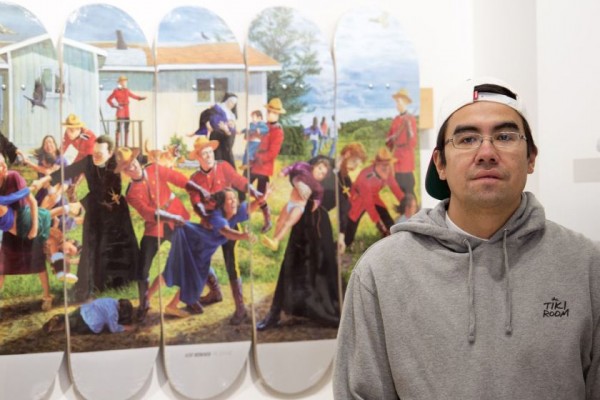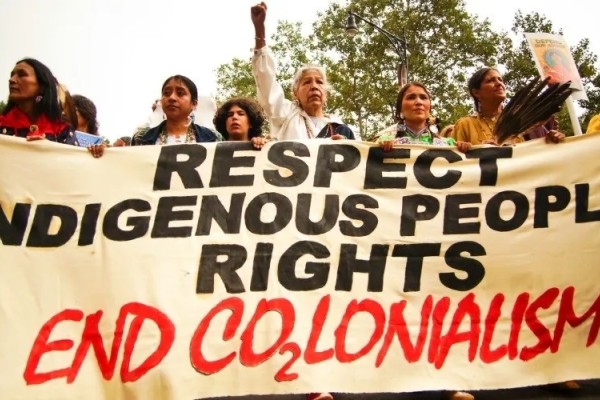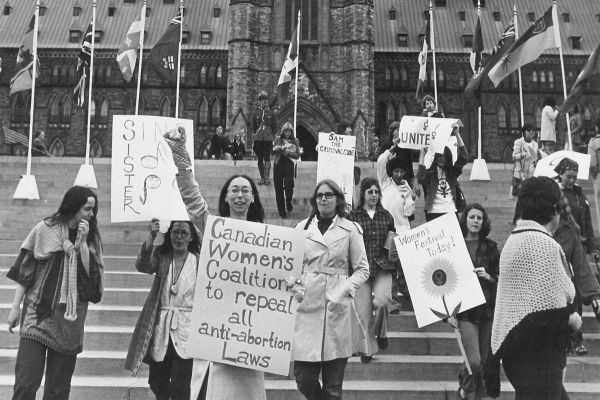Something Is Happening in Indian Country
Is the movement for Indigenous rights and self-determination reaching a tipping point in Canada? Recent events give grounds for optimism. This spring in Ontario, the Indian Act chief-and-council from Kitchenuhmaykoosib Inninuwug, grassroots traditionalists from Grassy Narrows and non-status Ardoch Algonquins joined environmentalists, urban radicals, unions and students in an unprecedented coalition to pressure the Ontario government for First Nations’ right to say no to unwanted development on their traditional territories.
The organizing culminated in a four-day “Sovereignty Sleepover” at the provincial legislature and a victory at the Court of Appeals. The mining companies and government have backed off their development plans for the time being. But the struggle’s leaders understand that the issues are deeper; as Sam McKay, spokesman for KI, observed, the fundamental issue is the difference in interpretation of the treaty. The ancestors who signed Treaty 9, which covers KI, did not agree to give up their lands or their say over how the lands were used.
This fact is what the Canadian government refuses to recognize. The Supreme Court’s Delgamuukw and Haida Gwaii decisions affirm the permanence of Aboriginal title in the absence of its consensual extinguishment, and enjoin governments and private parties to consult Aboriginal communities before making decisions about resource development. But this “duty to consult” does not define a way for Indigenous communities to say “no.” And the Canadian government’s policy objective in treaty processes is the extinguishment of Aboriginal title. As a result, political struggles for Indigenous rights continue across the country. Lately they have grown in number and resolve, with around two dozen First Nations from Labrador to B.C. mobilized in struggle for environmental justice, Indigenous rights and self-determination.
During the political and constitutional battles of the last few decades, and the rise of a global Indigenous movement, Aboriginal activists have developed a rich legal framework of Aboriginal rights with which to engage the colonial state. With many Indigenous people rooted both in the city and in Indian country, there is also a bicultural population that is able to negotiate the dominant culture while staying true to its Indigenous identity. Long experience of the bad faith and duplicity of different governments in land-claims processes, brutal policing of dissidents like Shawn Brant and an ongoing experience of the devastation of colonialism have forged a remarkable clarity – as seen in struggles like KI and Ardoch, Tyendinaga and Barriere Lake – about the fundamental character of the conflict.
What will it take for these factors to coalesce in a broad social movement for Indigenous rights, which issues a fundamental challenge to Canadian state and society? One, the creation of unfiltered spaces where Indigenous communities in struggle can share their experiences and begin to forge a conscious and collective vision of the way forward. Two, sharing resources with mobilized Indigenous communities to support them in continuing this work. Three, building a base of solidarity in settler communities through concerted popular education about colonialism and the Indigenous experience in Canada. This solidarity must not be oriented towards “helping” the “poor Indian,” but rather towards fundamental justice, respect and equality, and the right for Indigenous peoples to choose their own destinies, however inconvenient it may be for capital.
Elsewhere on the political landscape we see passivity, disarray, fatalism and defeat on the Left. Indigenous peoples are in active fights for their rights and are making impressive gains, finding the truth in Oren Lyons’ words: Sovereignty is a do, not an ask. The question of justice and the strategic potential for broad social transformation must make Indigenous solidarity work an urgent priority for all progressives today.
This article appeared in the September/October 2008 issue of Canadian Dimension (Canadian Students).


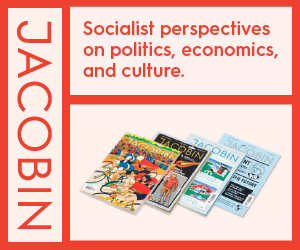
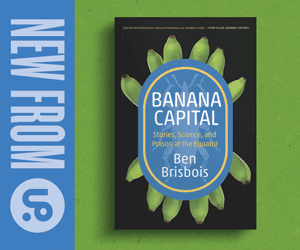

.v1_600_400_90_s_c1.jpg)
